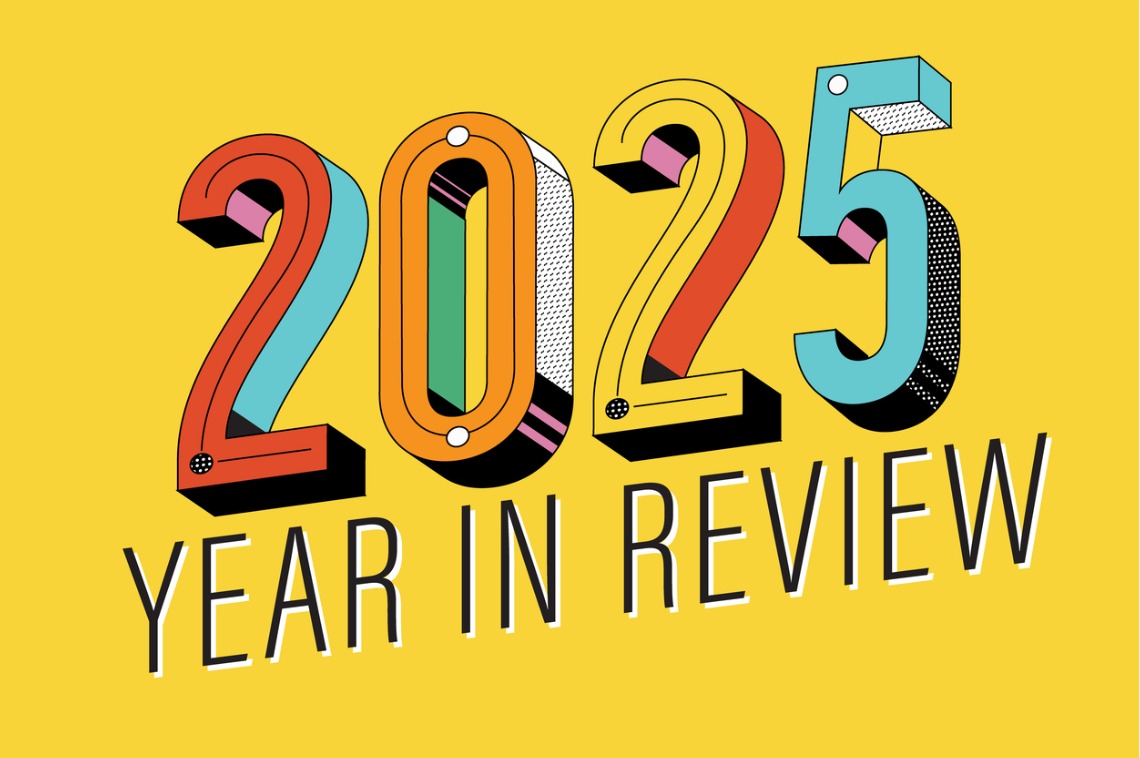I
t seems like every conversation I have, whether with friends, family, or casual acquaintances, eventually drifts towards the big question: Is the U.S. heading to a real estate crash? Given the rollercoaster of the past few years and the echoes of 2008 still lingering in our collective memory, it's a valid concern. However, I'd like to put your mind at ease: while there are pressures and strains in the system, the data and expert consensus suggest we're not on the brink of a 2008-style real estate crash or an imminent debt bubble collapse.
The housing market is complex, and regional differences are playing a huge role. The Northeast is seeing stronger price gains due to income growth and a severe shortage of homes. In contrast, the Southeast and West are experiencing weaker gains and possible discounts due to increased inventory and softening demand. This normalization rather than collapse is what I see in the market.
The number one reason experts don't foresee a crash is simple: there just aren't enough homes to go around. Mark Fleming, Chief Economist at First American, put it perfectly: "There's just generally not enough supply." Data from Realtor.com confirms this, with single-family homes for sale up 20% year-over-year but still near record lows historically.
The lock-in issue is also a significant factor. Over 80% of current homeowners with mortgages are sitting on rates significantly below today's levels (which are hovering around 6.7%). This keeps a huge chunk of potential inventory off the market, as people wouldn't want to sell their home and trade their 3% mortgage for a nearly 7% one if they didn't absolutely have to.
Mortgage rates are also a crucial factor in affordability. Experts predict rates will stabilize between 6.5% and 6.7% through 2025, which means buyers need to be prepared for higher monthly payments. For a $361,000 home with a 20% down payment at a 6.65% rate, the monthly principal and interest payment is around $1,853.
The total amount of debt in the U.S. is indeed high, reaching a record $18.2 trillion in the first quarter of 2025. However, the debt-to-GDP ratio was 73% in early 2023, which is actually less than in some previous years. This tells me that, relative to the size of our economy, the debt load isn't necessarily at an immediate breaking point on a macro level.
The debt service burden – debt payments relative to disposable income – is currently around 11.3%, historically lower than it was for much of the 2000s. However, there are warning signs I'm keeping a close eye on, such as rising delinquency rates for credit card and auto loans.
In conclusion, while there are valid concerns about affordability and debt, my analysis suggests we're not heading towards a catastrophic real estate crash or debt bubble collapse in the way some fear. The housing market is supported by low supply and steady demand, with some potential softening or slight declines in previously overheated markets – a correction, not a collapse.
For hopeful homebuyers, I advise focusing on long-term affordability, getting pre-approved before shopping, being patient and persistent, and considering your timeline. For current homeowners, appreciate your equity, think carefully before moving, and be cautious with HELOCs. For investors, expect modest returns, look for specific opportunities, and prioritize cash flow.
My final thoughts are that caution is necessary, but catastrophe is not imminent. The U.S. economy has weathered storms before, and while the current conditions are complex, they don't spell doom for the housing market or a full-blown debt catastrophe.












